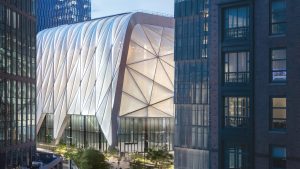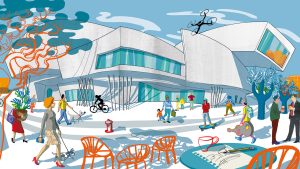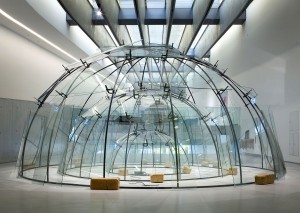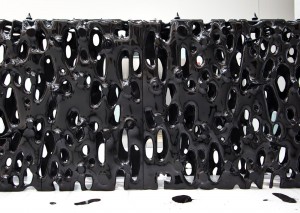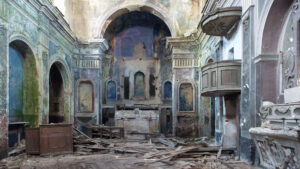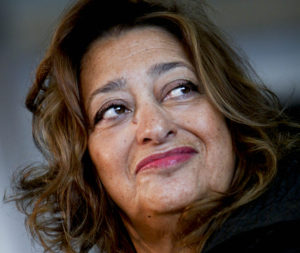Hadid, Zaha
Zaha Hadid was born in Bagdad and graduated in Mathematics from the American University in Beirut. She then moved to London, where she studied architecture at the Architectural Association and obtained her degree in 1977.
Her work is a revolutionary research bordering on town planning, architecture and design. Her innovative way of representing the project overturns the way we examine space, revealing new potentialities; it bestows on traditional elements of construction unforeseen communicative capabilities; it gives shapes new strength and dynamism. Her interest lies in the boundaries between geography, architecture and landscape, and her projects integrate natural topography and human-built structures, through a project path that capitalises experimental technologies. The lines of Hadid’s architecture are oblique, broken and elusive, the angles are mostly acute, the surfaces smooth; volumes are fractured and recomposed according to new orders, which stem from her efforts to create fluid spaces.
Hadid began her own practice in London in 1979. In 1986, she won the competition for the Kurfurstendamm in Berlin and, in 1989 the one for an arts and communication centre in Düsseldorf (1989). Among her completed projects, besides the MAXXI in Rome (1999/2010), are: the Fire Station of the Vitra Museum (1991/1993); the LF One Pavilion in Weil am Rhein, in Germany; the enlargement of the Ordrupgaard Museum in Copenhagen (2001/2005); the Rosenthal Center for Contemporary Arts in Cincinnati (1998/2003); the Phaeno Science Center in Wolfsburg. She has been especially active in Italy: among her most recent projects are the Salerno Maritime Terminal (2000), the master plan and City Life Tower for Milan’s Trade Fair (2004) and the Messner Mountain Museum in Plan de Corones. These are only a few of the projects Hadid has completed in her intense career, projects that can be analysed through three concepts: metaphor, as in the translation into architectural space of elements of the Information and Technology Age; space itself, generated by the same principles that model natural environment; and the idea of landscape, which is modelled by digital design to give life to complex, unusual and sometimes paradoxical images.
Among her many awards, Hadid was the first woman architect to win the Pritzker Prize in 2004.


